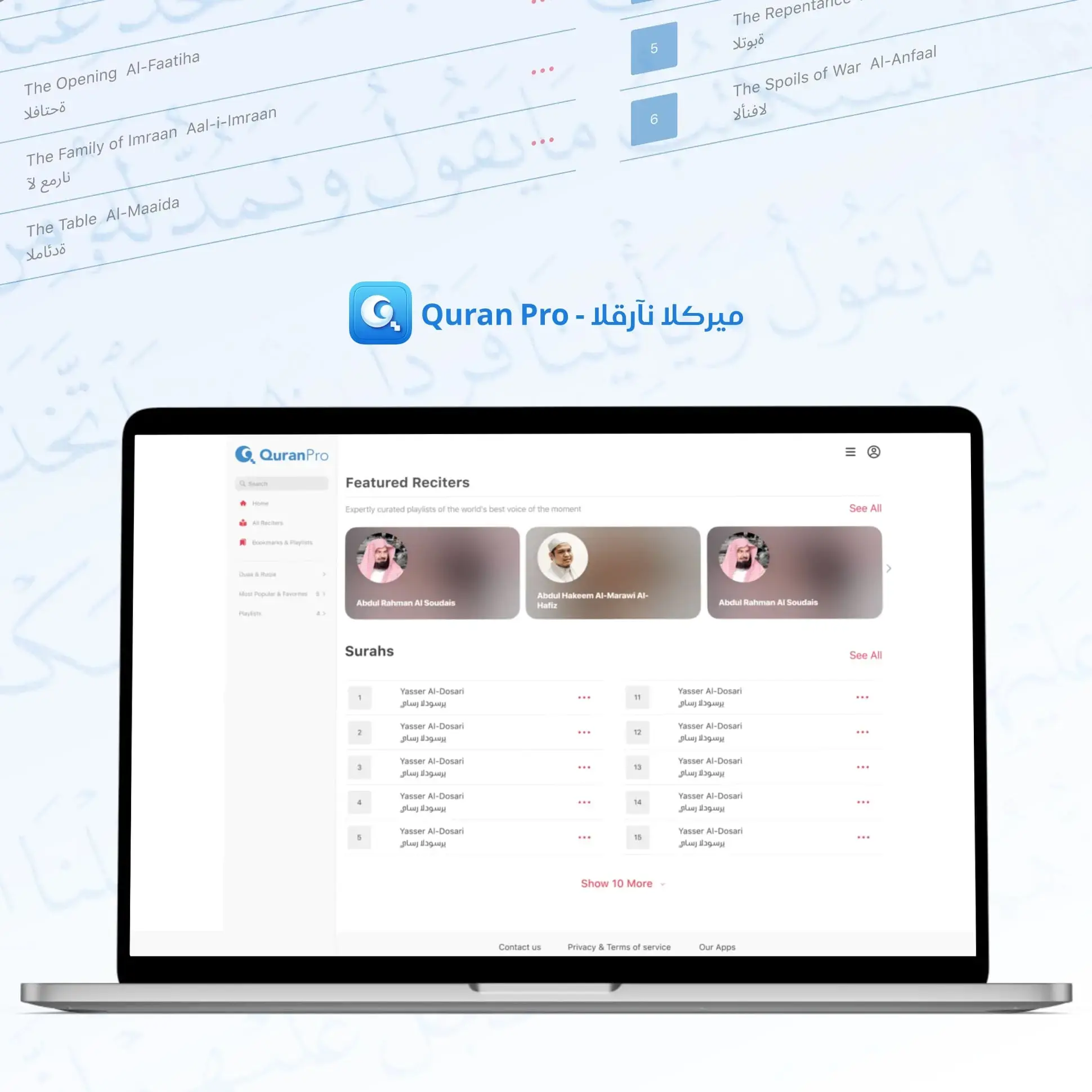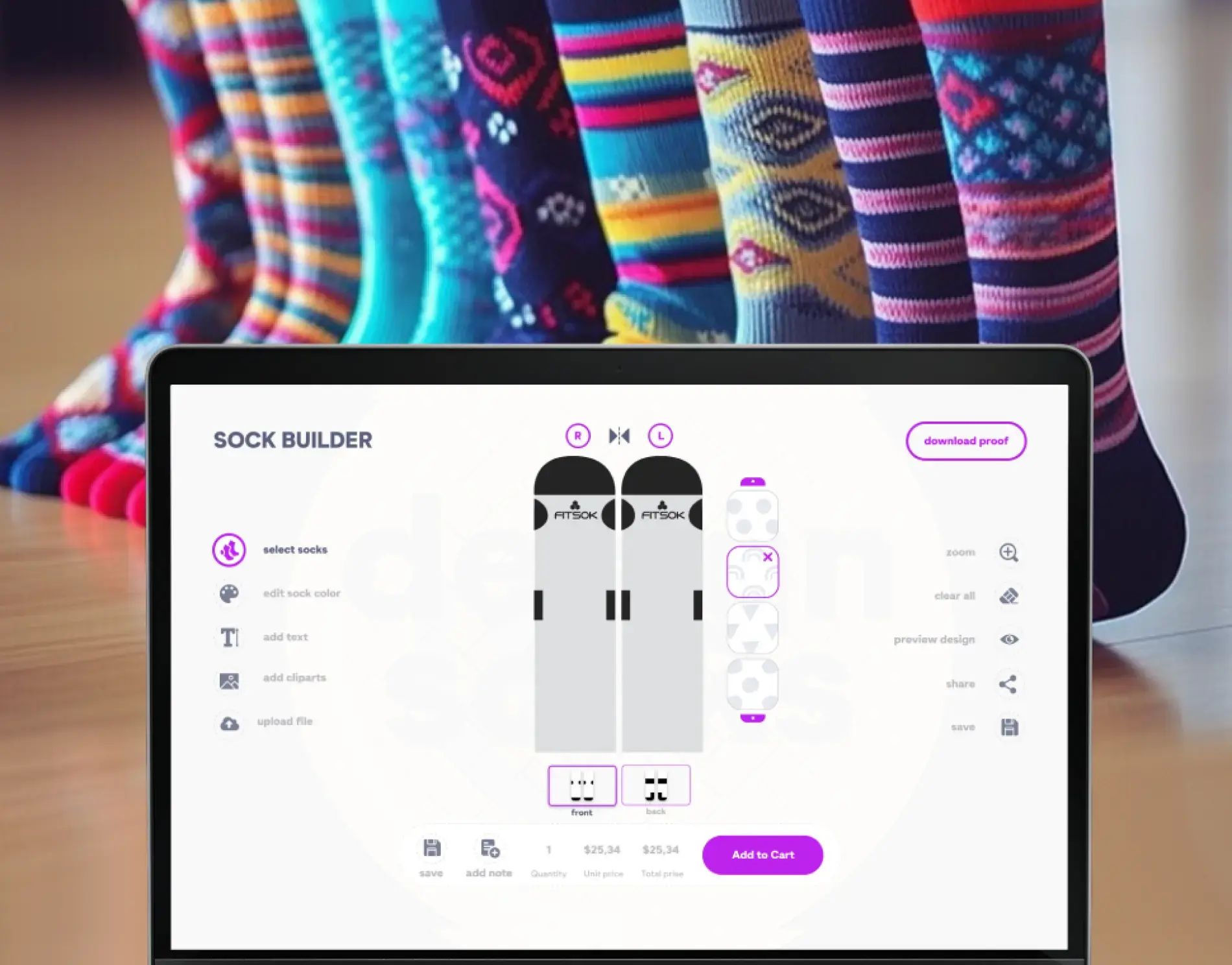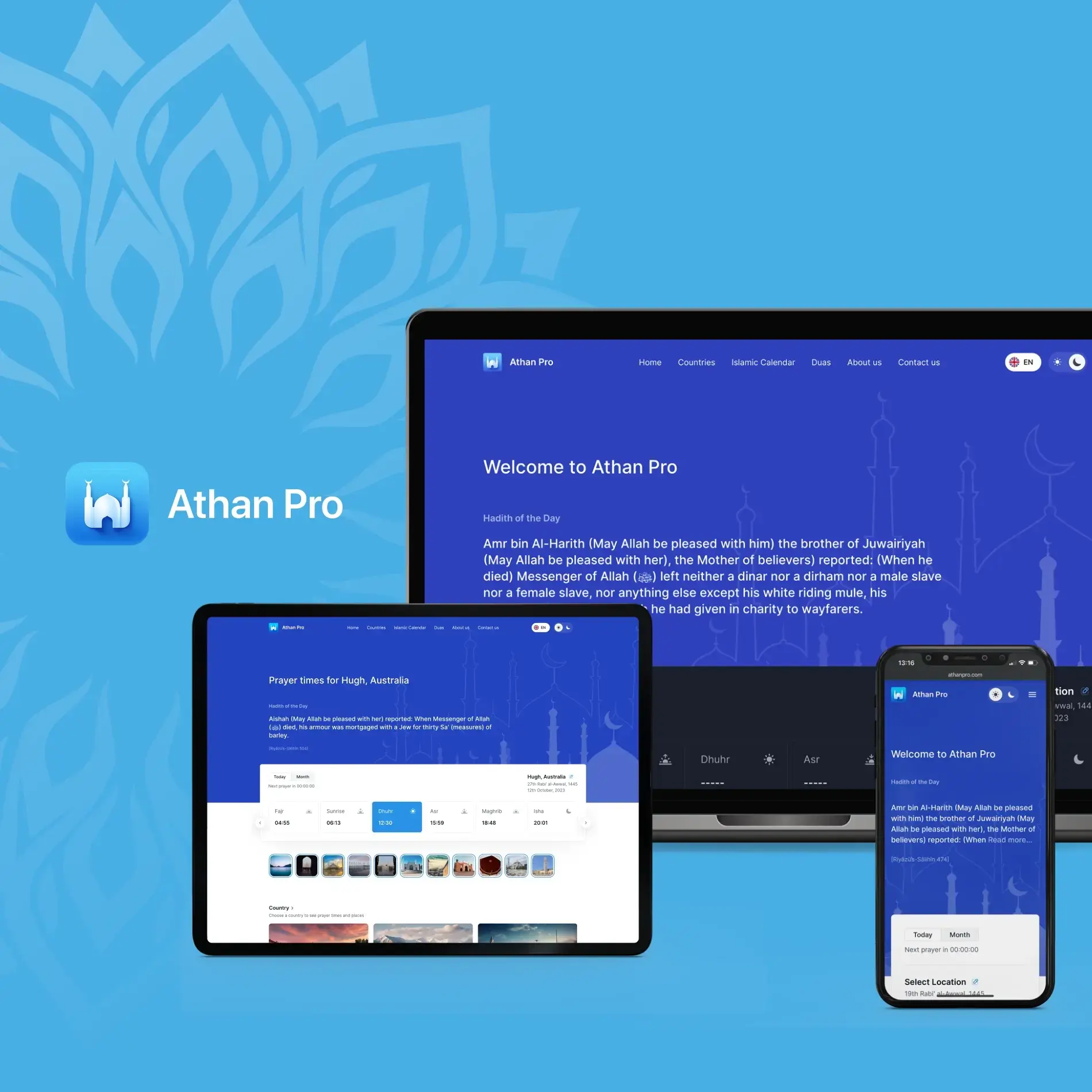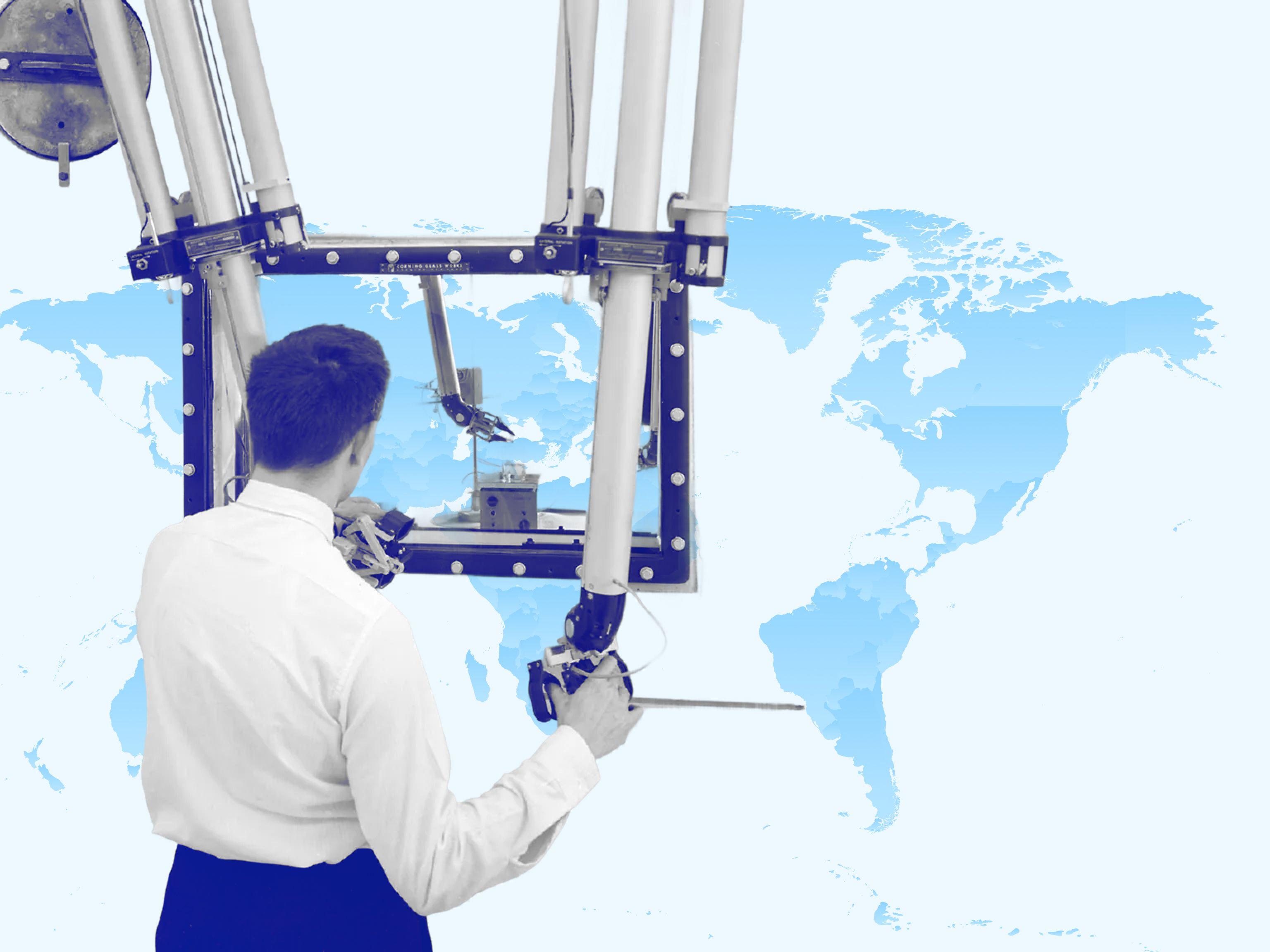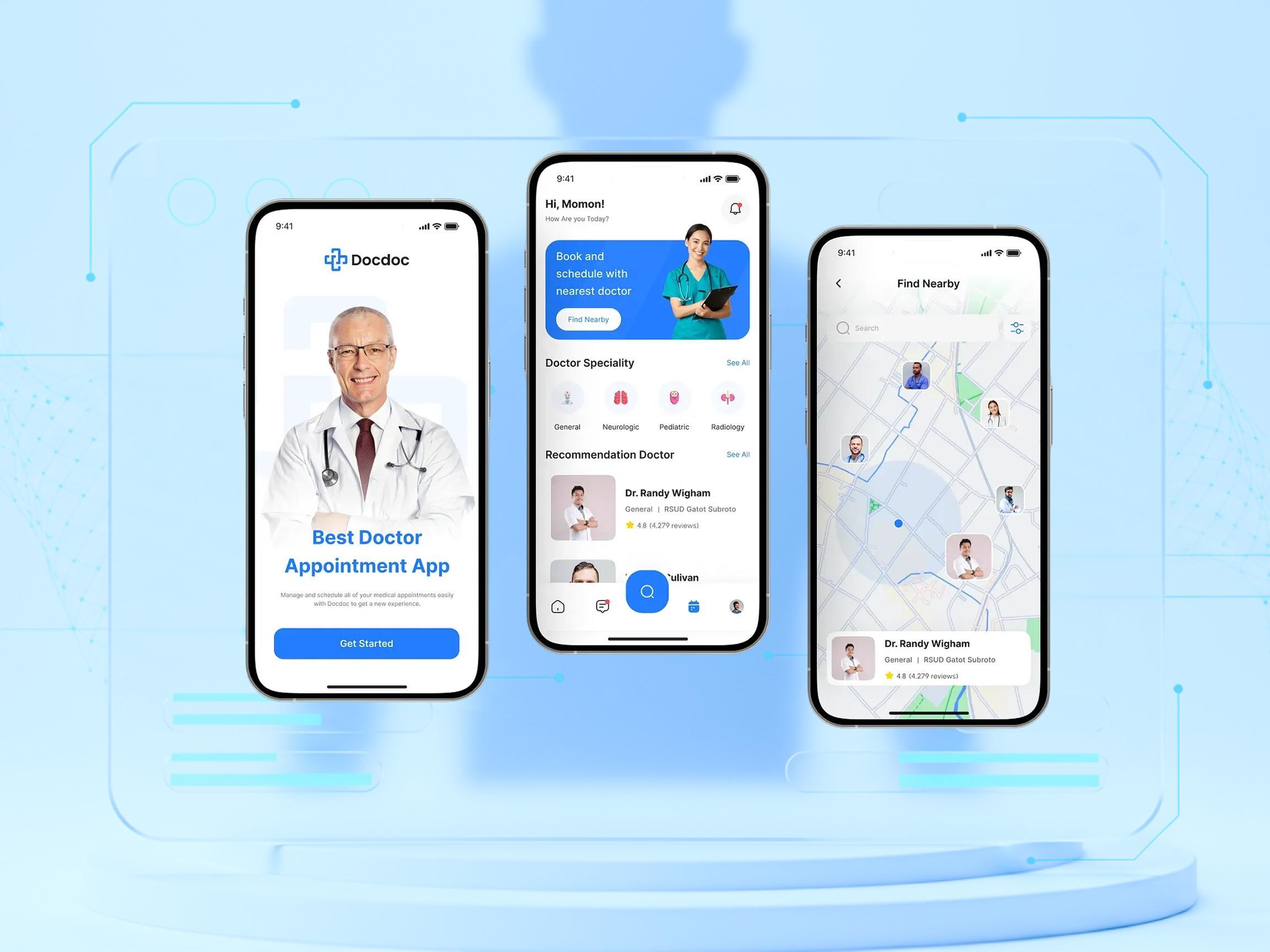
- Cloud Development
- Healthcare Software
AWS & AI in Healthcare: JetBase Case Study
How AI and Machine Learning Are Transforming Healthcare: Key Applications, Challenges, and Real-World Use Cases
August 29, 2024 | Updated on November 24, 2025 | 10 min

Shuhrat Berdiyev
Full-Stack Developer at JetBase
Table of Contents
- Applications of Machine Learning in Healthcare industry
- The Importance of Back Office and Front Office in the Healthcare Industry
- Importance of AI and Machine Learning in the Digital Front Door
- Telemedicine and AI use case
- Use Case: Implementation of AI and Automation Services by AWS
- What You Need for AI and Machine Learning Implementation in Healthcare
- To Sum Up
Our Cases
Innovation isn’t just about ideas - it’s about execution, turning vision into reality, and creating solutions that truly make an impact. See what we’ve built and how it works:
- HealthCare
- Media & Entertainment
- eCommerce
- Amazon Web Services
- Cloud Cost Optimization
- Serverless Application
- Retail
- HealthCare
- Media & Entertainment
- eCommerce
- Amazon Web Services
- Cloud Cost Optimization
- Serverless Application
- Retail


